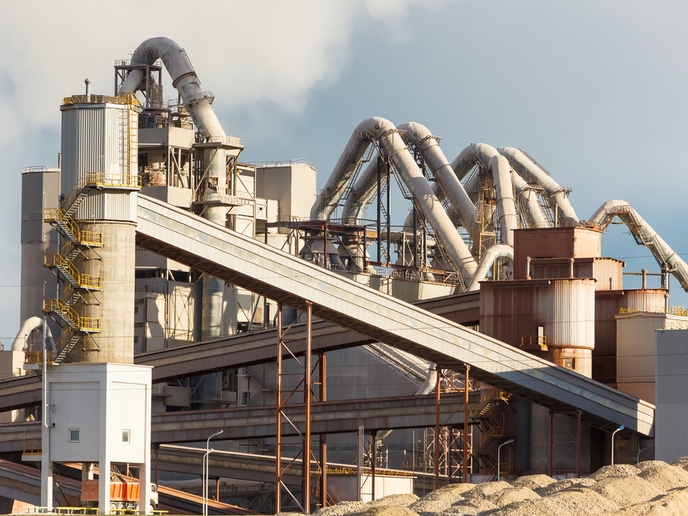A concrete step towards achieving net-zero carbon emissions in cement production
As the most widely used construction material, concrete is indispensable in the development of infrastructure, industry and housing. It’s a mixture of aggregates (sand, gravel, crushed stone), water and cement, and whose production accounts for 95 % of concrete’s CO2 footprint. “Currently, the EU uses more than two tonnes of concrete per person per year, of which 325 kg is cement,” according to the 2019 report ‘Industrial Transformation 2050 – Pathways to Net-Zero Emissions from EU Heavy Industry’(opens in new window) by Material Economics. “For every kilogram of cement that is produced, 0.7 kg of CO2 is released into the air.” It adds: “In the case of cement, the calcination of limestone to produce calcium oxide releases large amounts of carbon contained in the rock.” Addressing this challenge, the EU-funded LEILAC project has developed a novel technology aimed at significantly reducing the emissions of Europe’s cement and lime industries. Its design will allow all of the process CO2 emissions to be captured without significant energy or capital penalty. With a pilot plant in Lixhe, Belgium, LEILAC uses a system that “enables pure CO2 to be captured, in the case of limestone (CaCO3), as it is released during calcination to lime (CaO), as the furnace exhaust gases are kept separate,” as stated on the project website(opens in new window). “This elegant solution requires no additional chemicals or processes for a pure CO2 stream.” The project website states: “When making lime or cement CO2 is released as an intrinsic part of the production process, and cannot be avoided (for example by using renewable energy). As such, carbon capture is the only realistic means by which these industrial emissions can be further reduced to support EU to meet the 80% reduction target in 2050.” In a news item(opens in new window) published on the ‘ENDS Report’, Daniel Rennie from LEILAC project coordinator Calix explains the technology: “It’s just a new type of kiln design which means that the CO2 just gets intrinsically separated. It’s cold when it comes out and it’s very pure.” The news item adds: “That makes it a potentially valuable raw material for existing niche markets, such as carbonated drinks, greenhouses and mineralisation in the cement industry.” The operations, which started in May 2019, will run until the end of 2020 when the LEILAC (Low Emissions Intensity Lime and Cement) project is completed.
New project
The ‘ENDS Report’ news item also notes that thanks to the success of LEILAC, “a second project is now in the pipeline … LEILAC 2. This new reactor, which will be around a fifth of the size of a commercial cement plant, will have more of a focus on the ultimate destination for the extracted CO2, integrating the reactor into the existing cement making process and possibly electrifying the heat required for clinker production.” According to the news item, LEILAC 2 will keep about “half of the partners from its predecessor, with Calix and HeidelbergCement still at its core.” Jan Theulen, from project partner HeidelbergCement, says: “We want to be ready with the technology once the [carbon] price is there to make it commercially viable.” He also says “it’s a bit of fighting your way through. But if we don’t do it now, and we wait until the carbon price is €100 per tonne, then we’d need another 10 years to do it.” For more information, please see: LEILAC project website(opens in new window)
Countries
France



